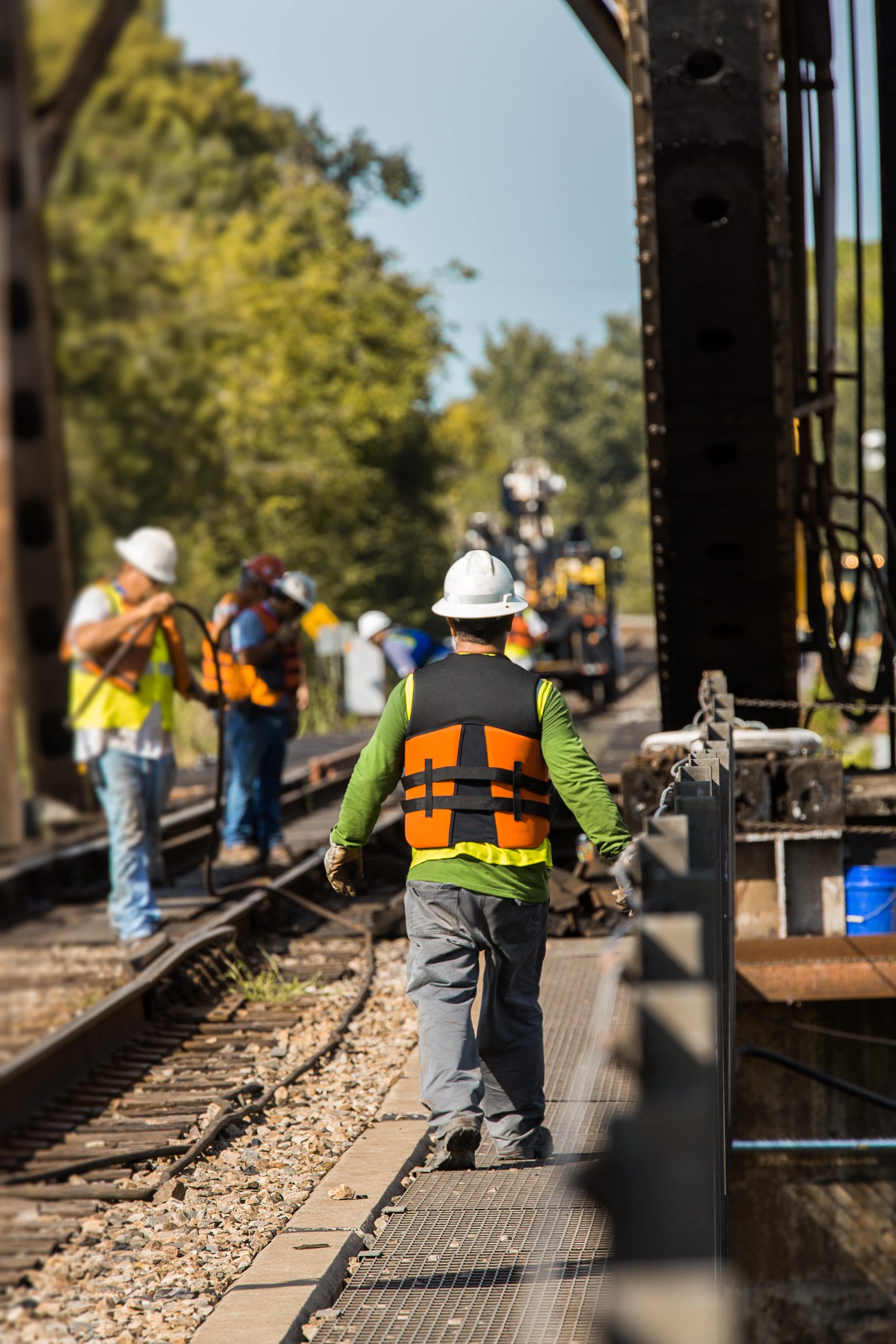Five Killer Quora Answers To Railroad Cancer Settlement

Understanding the Railroad Cancer Settlement
Railroad workers deal with many dangers in their everyday operations, consisting of direct exposure to poisonous substances that may contribute to major health conditions, most significantly cancer. Acknowledging the special challenges these workers come across, numerous legal efforts and settlements have actually emerged to support those affected. This post checks out the Railroad Cancer Settlement, detailing its significance, the process involved, regularly asked concerns, and more.
What is the Railroad Cancer Settlement?
The Railroad Cancer Settlement refers to different legal arrangements designed to provide compensation to railroad staff members or their families who have actually established particular kinds of cancer due to occupational exposure to carcinogenic substances. Common exposures include:
- Asbestos: Found in older railroad devices and structures, asbestos direct exposure is linked to lung cancer and mesothelioma.
- Benzene: Used in fuels and solvents, long-term direct exposure can increase the danger of leukemia.
- Diesel Exhaust: Recognized as a likely human carcinogen, diesel fume direct exposure has been connected with lung and bladder cancers.
The settlement is often a result of settlements in between labor unions, legal representatives, and railroad companies. It is designed not only to supply financial payment but also to acknowledge the genuine dangers that railroad workers sustain.
Table 1: Common Cancer Types Associated with Railroad Employment
| Cancer Type | Associated Risk Factors |
|---|---|
| Lung Cancer | Asbestos, diesel exhaust |
| Several Myeloma | Benzene, other chemical exposures |
| Mesothelioma | Asbestos |
| Bladder Cancer | Diesel exhaust, benzene |
| Leukemia | Benzene |
The Settlement Process
The process of pursuing a Railroad Cancer Settlement can be intricate. Here's a general summary of how it usually works:
- Diagnosis: The worker gets a medical diagnosis of cancer that might be linked to occupational direct exposure.
- Documents: Collect all appropriate medical and employment records to establish a clear connection in between the medical diagnosis and work history.
- Legal Consultation: Seek a legal professional experienced in railroad employee settlements. They will assist determine the eligibility of the claim and advise on the next actions.
- Official Claim: Submit a claim with supporting documents to the proper governing body or railroad company.
- Settlement: Engage in settlements for a fair settlement amount based on the severity of the illness and exposure history.
- Settling the Case: If an acceptable agreement is reached, the parties will sign a settlement contract, settling the compensation process.
Table 2: Steps to File a Railroad Cancer Claim
| Step | Description |
|---|---|
| Diagnosis | Expert medical assessment |
| Documentation | Collecting medical and employment records |
| Legal Consultation | Consulting with a lawyer familiar with railroad claims |
| Official Claim | Filing a claim with supporting files |
| Settlement | Discuss settlement terms |
| Final Settlement | Signing of settlement agreement |
Types of Compensation Available
The settlement under the Railroad Cancer Settlement can cover various aspects, consisting of:
- Medical Expenses: Coverage of present and future medical expenses related to cancer treatment.
- Lost Wages: Reimbursement for wages lost due to the disease or failure to work.
- Pain and Suffering: Compensation for the physical and emotional distress triggered by the disease.
- Special needs Benefits: Financial support for long-lasting or irreversible specials needs arising from cancer.
Table 3: Breakdown of Compensation Types
| Payment Type | Description |
|---|---|
| Medical Expenses | Expenses associated with medical diagnosis and treatment |
| Lost Wages | Income lost during treatment or recovery |
| Discomfort and Suffering | Psychological and psychological distress |
| Disability Benefits | Ongoing financial backing for impairments |
Regularly Asked Questions (FAQ)
1. Who is eligible for the Railroad Cancer Settlement?
Eligibility usually includes railroad workers who have actually been detected with particular kinds of cancer connected to office exposures. Their household members may likewise have claims in cases of wrongful death.
2. How long does the settlement procedure take?
The duration differs significantly depending upon the intricacy of the case, the thoroughness of documents, and the responsiveness of the rail business. Some cases might settle within months, while others can take years.
3. Just how much settlement can a claimant expect?
Payment amounts depend upon several factors, consisting of the seriousness of the cancer, the expense of treatment, and personal situations. Each case is distinct, and a legal expert can offer customized price quotes.
4. Can I pursue a case if my cancer was identified years after leaving the railroad?
Yes, lots of cases are still qualified. Nevertheless, statutes of restrictions can vary, and it's essential to seek advice from a legal professional to understand relevant due dates.
5. What should I do if my claim is rejected?
If a claim is rejected, the complaintant has the right to appeal the choice. Consultation with a legal specialist can provide guidance on the required steps.
The Railroad Cancer Settlement functions as an essential legal assistance system for workers exposed to hazardous materials in their professional environments. Railroad Lawyers Near Me acknowledges the health dangers connected with these exposures and supplies financial relief to those affected. By comprehending the settlement procedure, the types of payment offered, and the eligibility requirements, railroad workers and their families can better navigate their claims and look for the justice they deserve.
For railroad workers facing this truth, taking proactive actions can cause the support and payment important for coping with the profound impact of a cancer diagnosis. Engaging a knowledgeable attorney can significantly enhance the possibility of an effective claim.

